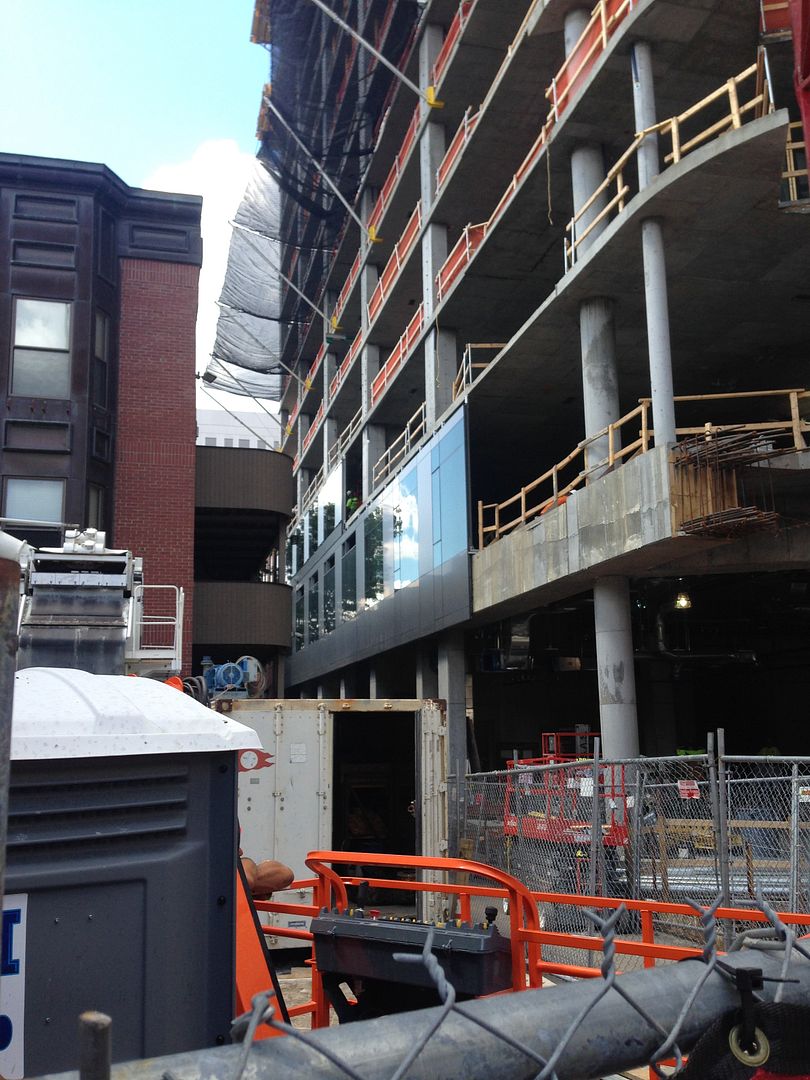DigitalSciGuy
Active Member
- Joined
- Apr 14, 2013
- Messages
- 670
- Reaction score
- 421
Huh, I don't think I ever noticed they were calling the 26-story building a 'mid-rise' and the 61-story building a 'high-rise'. Are there legal definitions for these terms in Chapter 80 that I haven't come across?
I'm just so over the Globe and Curbed calling anything taller than 20-stories a 'behemoth', 'towering', 'massive', or any other absurd superlative to fan the NIMBY flames.
I want to be incensed by the bleh facade but at the same time I'm resigned to the fact that most of what we're going to get is going to be infill. I'm okay with letting this go as one of those buildings that just fills the need for more housing.
I'm just so over the Globe and Curbed calling anything taller than 20-stories a 'behemoth', 'towering', 'massive', or any other absurd superlative to fan the NIMBY flames.
I want to be incensed by the bleh facade but at the same time I'm resigned to the fact that most of what we're going to get is going to be infill. I'm okay with letting this go as one of those buildings that just fills the need for more housing.












